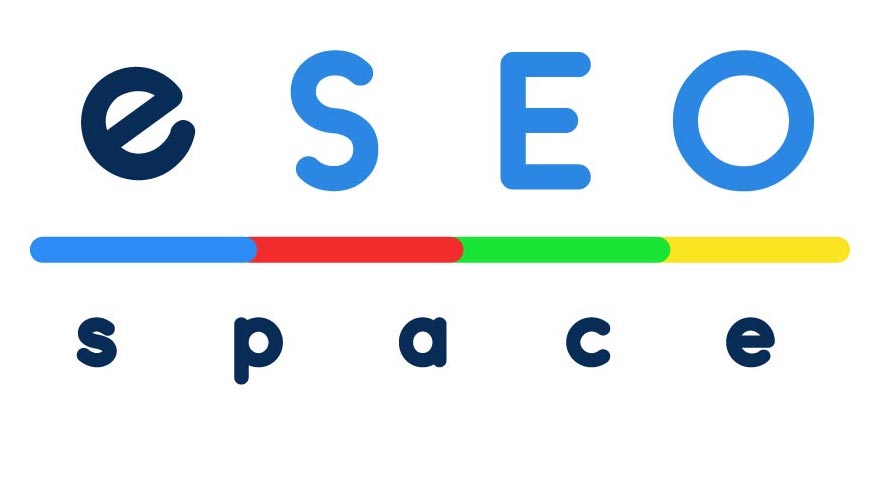In the ever-evolving digital landscape, content management has become a critical component of business strategies. Traditional Content Management Systems (CMS) have long been the go-to solution for managing and publishing content on websites. However, as the digital ecosystem expands beyond the confines of the web, the limitations of traditional CMSs have become increasingly apparent. This is where Headless CMS comes into play, offering a fresh approach to content management that unlocks new possibilities for businesses.
What is a Headless CMS?
A Headless CMS is a content management system that separates the backend content management from the frontend presentation layer. Unlike traditional CMSs, which are tightly coupled with the frontend, a headless CMS stores and manages content independently, making it accessible via APIs. This separation allows content to be delivered across any digital channel, from websites to mobile apps, digital displays, and beyond, without being tied to a specific presentation format.
Why Clients Should Use a Headless CMS
The benefits of adopting a headless CMS extend far beyond the technical advantages. Here are some compelling reasons why clients should consider this modern approach to content management:
1. Flexibility and Scalability
Headless CMSs offer unparalleled flexibility, enabling content to be reused across multiple platforms and devices. This scalability allows businesses to adapt their content strategy to meet the evolving needs of their audience, whether on desktop, mobile, or emerging platforms like smartwatches and refrigerators.
2. Improved Collaboration
By decoupling the content management from the presentation layer, headless CMSs facilitate a more streamlined workflow. Content editors and developers can work independently, with content editors able to update content across all channels without needing developer support. This separation not only speeds up the content update process but also allows for more strategic use of developer resources.
3. Enhanced Content Reusability
The ability to manage content in a centralized hub and deliver it via APIs makes content reusability a breeze. This not only optimizes resource utilization but also ensures that content is consistently optimized for various user experiences, with tools for personalization and localization at the ready [1].
4. Cost-Effective and Agile
Headless CMSs often operate in the cloud, reducing the need for upfront investment in hosting and infrastructure. This model also supports an agile development process, allowing for continuous updates and improvements without the constraints of a traditional CMS. Moreover, the decoupled nature of headless CMSs means that businesses can quickly adapt to changes in their content strategy or digital landscape.
5. Future-Proofing Your Digital Presence
As the digital landscape continues to evolve, businesses need to stay ahead of the curve. Adopting a headless CMS ensures that your content management strategy is future-proof, capable of adapting to new technologies and platforms without the need for significant overhauls.
Conclusion
The advent of headless CMSs represents a significant shift in how businesses manage and distribute their content. By embracing this modern approach, businesses can unlock new opportunities for content reuse, improve collaboration, and ensure their digital presence remains agile and responsive to the evolving needs of their audience. Whether you’re a small business looking to expand your digital footprint or a large enterprise seeking to optimize your content strategy across multiple channels, a headless CMS offers a flexible, scalable, and future-proof solution for your content management needs.







